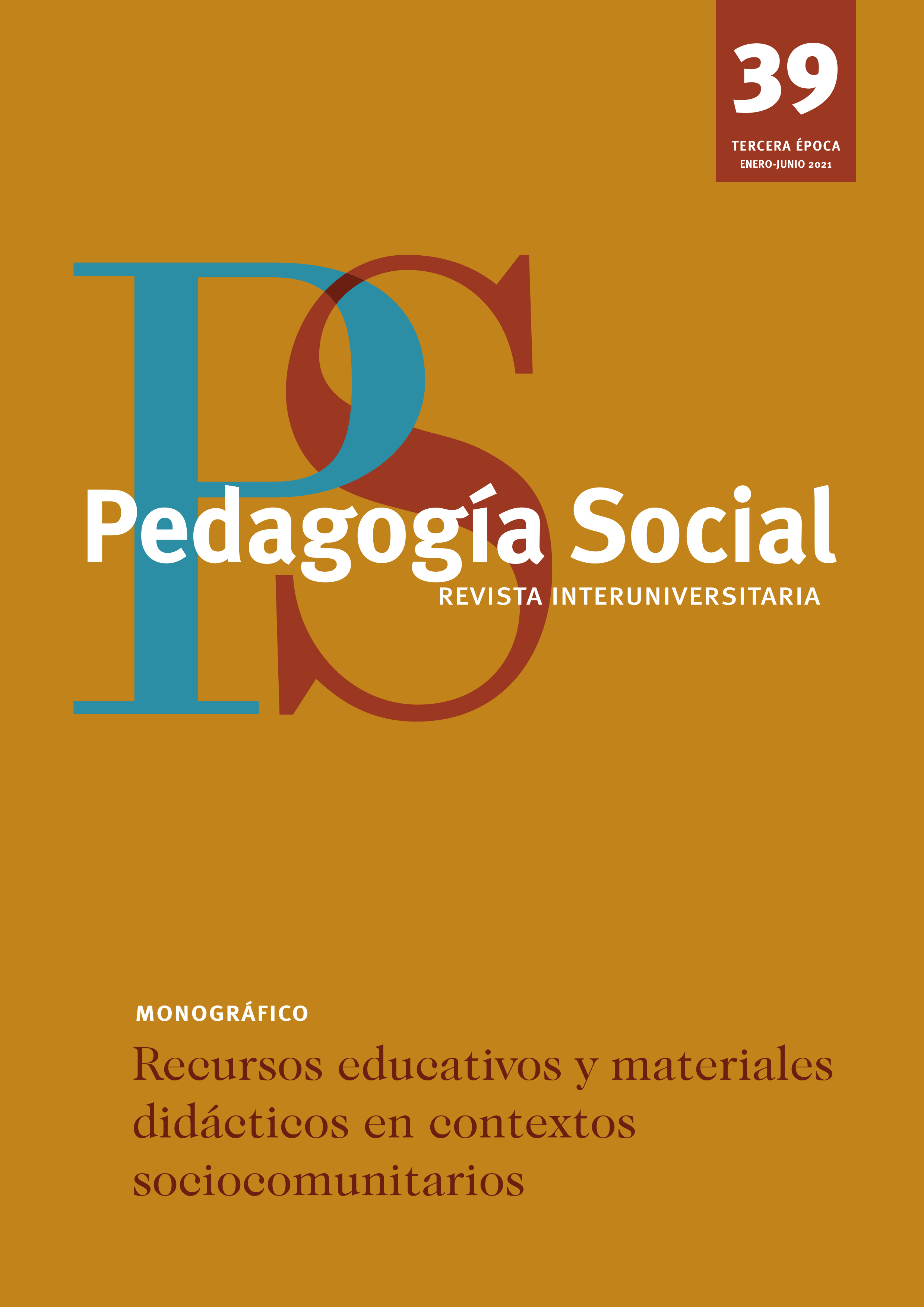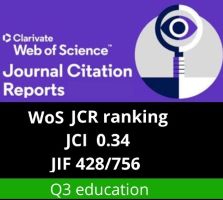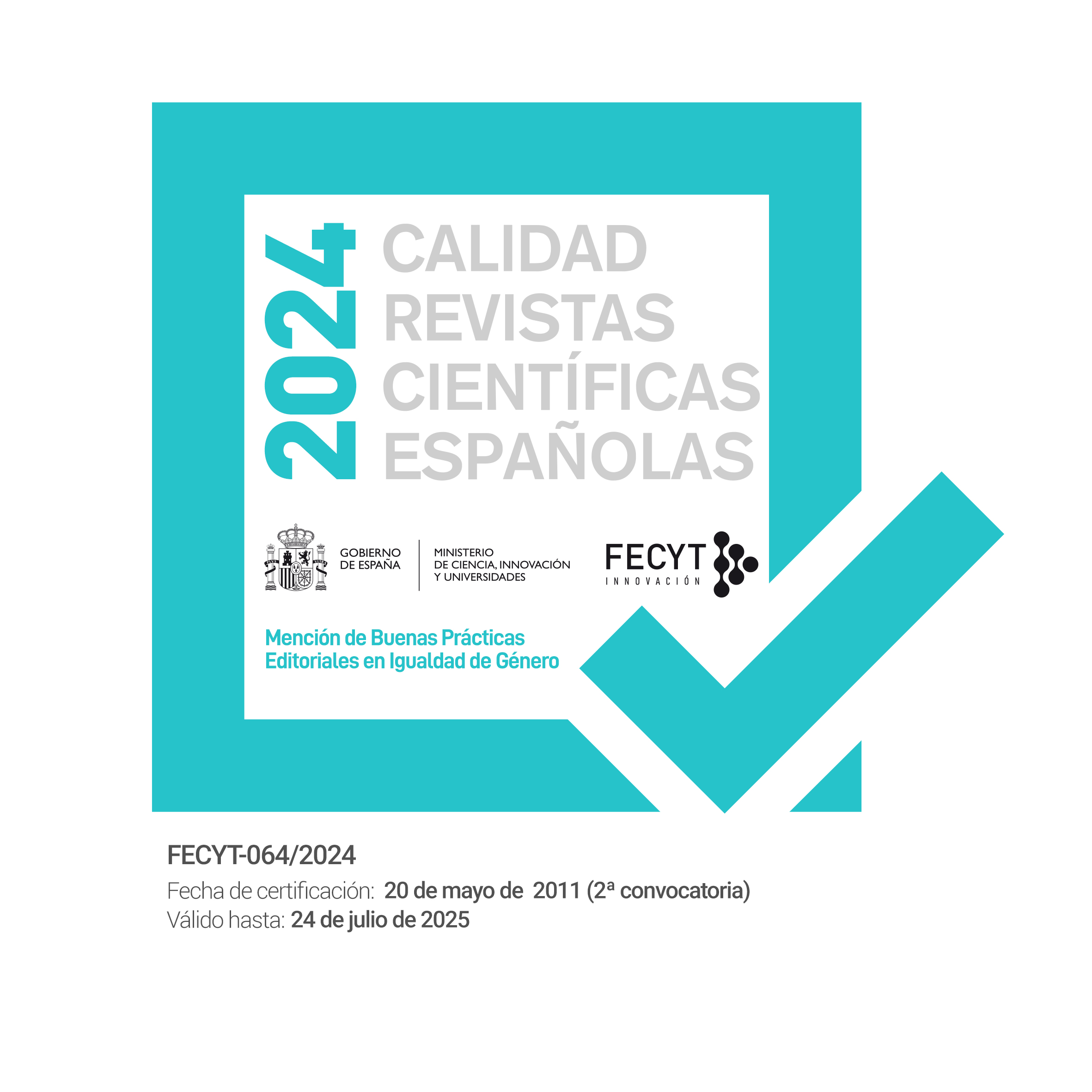Conducta antisocial y delictiva, violencia escolar y violencia en las relaciones de pareja en adolescentes
DOI:
https://doi.org/10.7179/PSRI_2021.39.09Palabras clave:
ADOLESCENCIA, CONDUCTA ANTISOCIAL, VIOLENCIA ESCOLAR, VIOLENCIA PAREJA, CICLOS DE VIOLENCIAResumen
Este artículo tiene como objetivo analizar tres conductas violentas, además de analizar la activación de interacciones entre los comportamientos violentos; es decir, la retroalimentación entre conductas violentas, pudiendo ser víctima y/o agresor al mismo tiempo. Contaremos con una muestra de 433 adolescentes de entre 12 y 19 años de cuatro centros educativos; dos de ESO y dos de FPB de un municipio del Gran Bilbao. Los resultados, muestran diferencias en función del género, observándose una mayor implicación de los hombres, así como diferencias en función del itinerario educativo, mostrando una prevalencia superior del alumnado de FPB en la conducta antisocial, del alumnado de ESO en la conducta de violencia escolar y no observándose diferencias significativas en la violencia en parejas adolescentes. Finalmente, queda probada la existencia de interacciones entre los comportamientos violentos
Descargas
Descargas
Publicado
Cómo citar
Número
Sección
Licencia
Derechos de autor 2021 Pedagogía Social. Revista Interuniversitaria

Esta obra está bajo una licencia internacional Creative Commons Atribución-NoComercial-CompartirIgual 4.0.
Derechos de reproducción y archivo
La versión publicada de los artículos podrá ser autoarchivada por sus autores en repositorios institucionales y temáticos de acceso abierto. No obstante la reutilización total o parcial de los mismos en nuevos trabajos o publicaciones deberá ser autorizada por Pedagogía Social. Revista Interuniversitaria.
Los trabajos publicados deberán ser citados incluyendo el título de la Revista, Pedagogía Social. Revista Interuniversitaria, nº, páginas y año de publicación.
Responsabilidades éticas
Pedagogía Social. Revista Interuniversitaria no acepta material publicado anteriormente en otros documentos. Los/as autores/as son responsables de obtener los permisos oportunos para reproducir parcialmente material de otras publicaciones y citar correctamente su procedencia. Estos permisos deben solicitarse tanto al autor/a como a la editorial que ha publicado dicho material.
Es obligación de Pedagogía Social. Revista Interuniversitaria detectar y denunciar prácticas fraudulentas.
En la lista de autores/as firmantes deben figurar únicamente aquellas personas que han contribuido intelectualmente al desarrollo del trabajo.
La revista espera que los/as autores/as declaren cualquier asociación comercial que pueda suponer un conflicto de intereses en conexión con el artículo remitido.
Los autores deben mencionar en el manuscrito, preferentemente en el apartado del método, que los procedimientos utilizados en los muestreos y controles han sido realizados tras la obtención de consentimiento informado.
La revista no utilizará ninguno de los trabajos recibidos con otro fin que no sea el de los objetivos descritos en estas normas.
Aviso de derechos de autor/a
© Pedagogía Social. Revista Interuniversitaria. Los originales publicados en las ediciones impresa y electrónica de esta Revista son propiedad del Pedagogía Social. Revista Interuniversitaria, siendo necesario citar la procedencia en cualquier reproducción parcial o total.
Salvo indicación contraria, todos los contenidos de la edición electrónica se distribuyen bajo una licencia de uso y distribución “Creative Commons Reconocimiento-No Comercial 3.0 España” (CC-by-nc). Puede consultar desde aquí la versión informativa y el texto legal de la licencia. Esta circunstancia ha de hacerse constar expresamente de esta forma cuando sea necesario.






